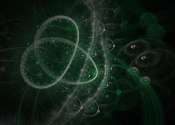Quantum dots can spit out clone-like photons
In the global quest to develop practical computing and communications devices based on the principles of quantum physics, one potentially useful component has proved elusive: a source of individual particles of light with ...







